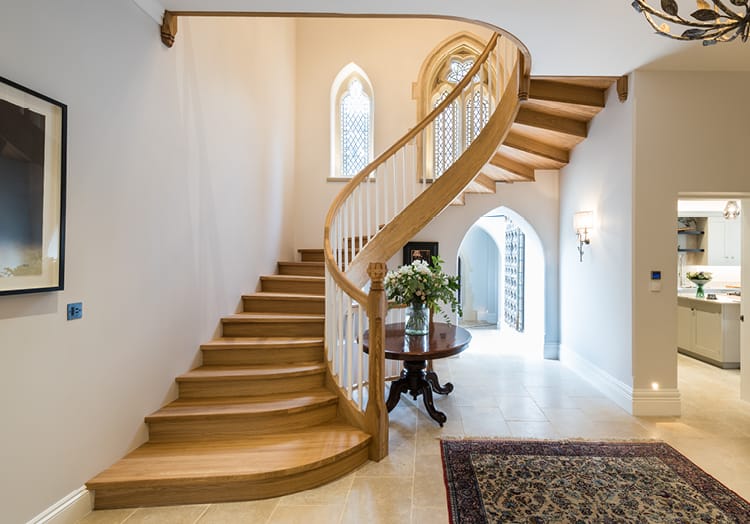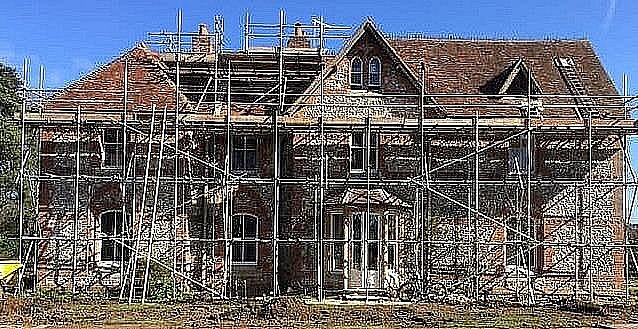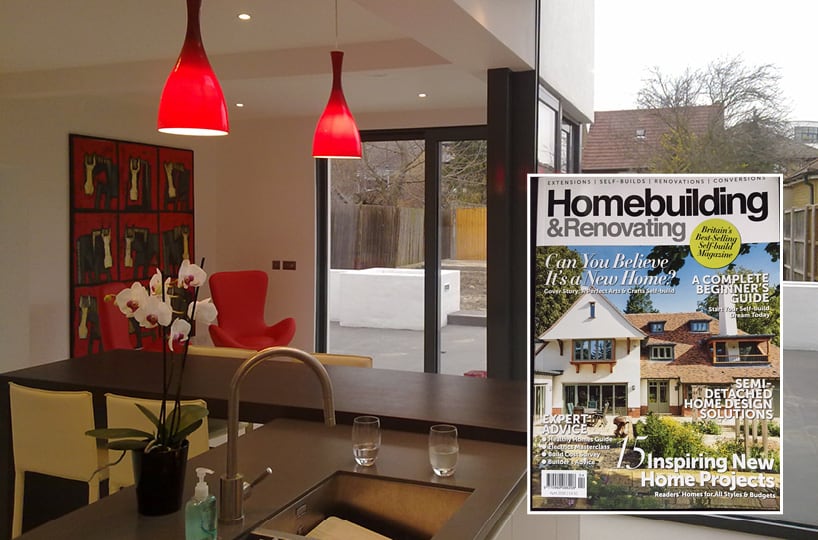Property Refurbishment – Thinking about knocking down walls in your home?

Altering the internal configurations of your home is sometimes an easier and cost-effective way to increase space than undertake the challenges of building extensions…
Property Refurbishment advice from Kevin McCloud
Planning Building Work? Read This Advice From Kevin McCloud…
Ensure your property renovation is on schedule

Embarking on a property renovation project, whether it’s our home or a rental property can be both an exhilarating and daunting thought. Imagining the end result of a luxury kitchen, basement or loft extension is what often drives us to take the plunge, yet, the obvious disruption to daily life, the anxiety of overrunning costs […]
The pros and cons of moving into your new home before a refurbishment

It can be very exciting to schedule and plan the design of your new property to make it your dream home. But is it better to wait until the home refurbishment is over or move in first and start that way? The SDA Build London Team are asked about this dilemma several times and obviously, […]
Choose a good contractor

SDA Build London was the ‘contractor of choice’ for Granit Architects when they began the renovation of this beautiful Edwardian property. As recently featured in ‘Homebuilding & Renovation’.“The house was in a terrible condition when I first visited: it had been vacant for two years, there was no central heating, and it probably hadn’t been […]